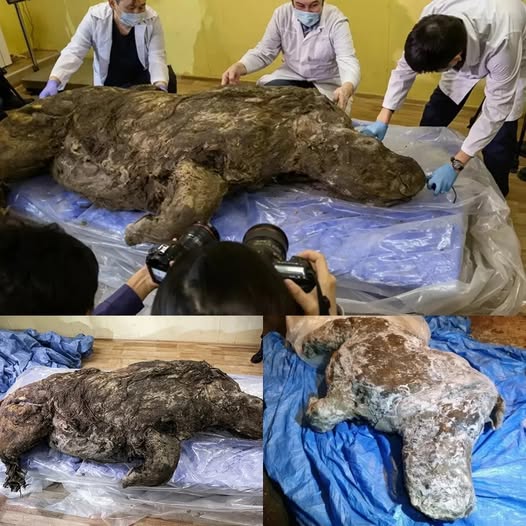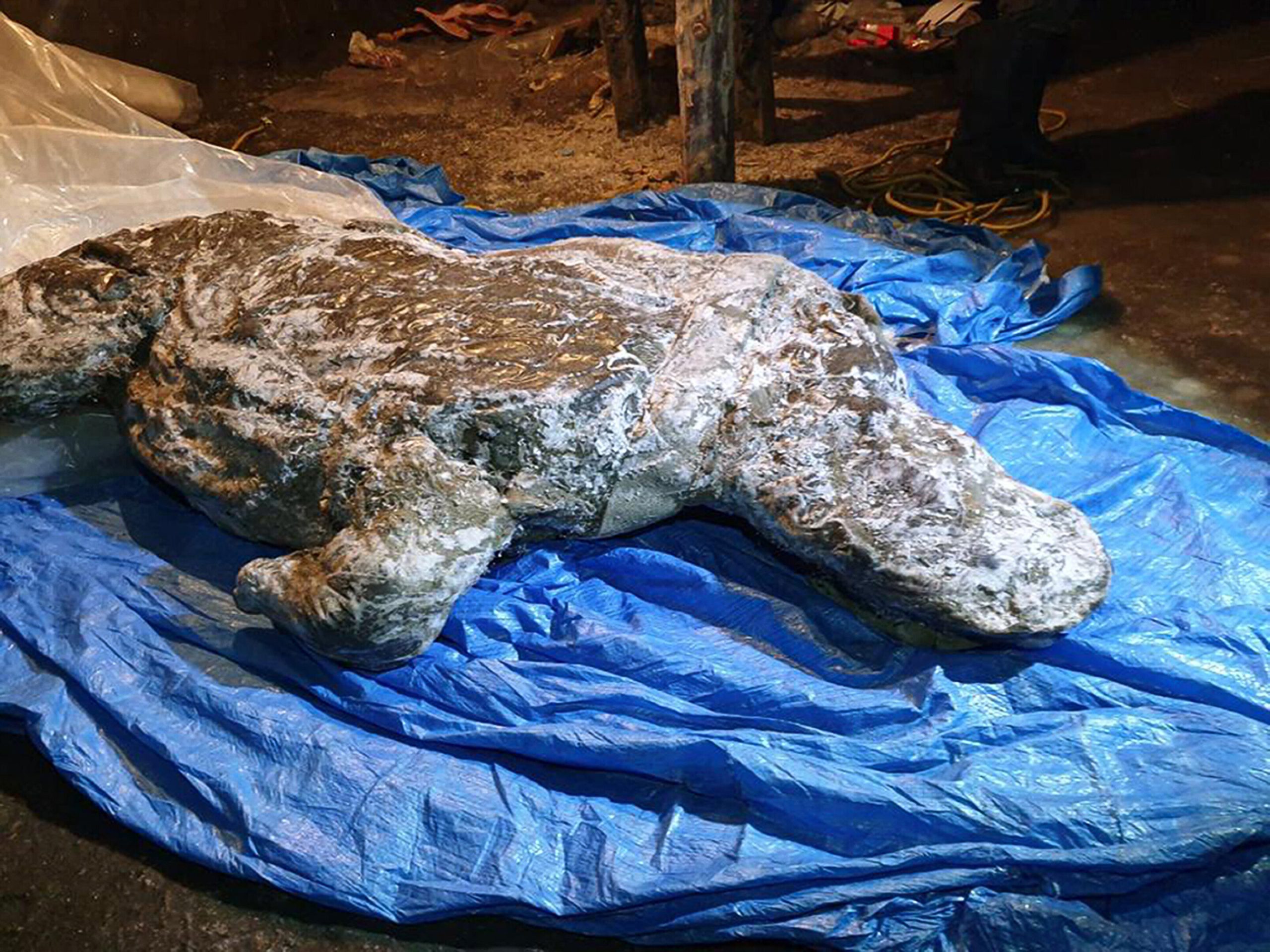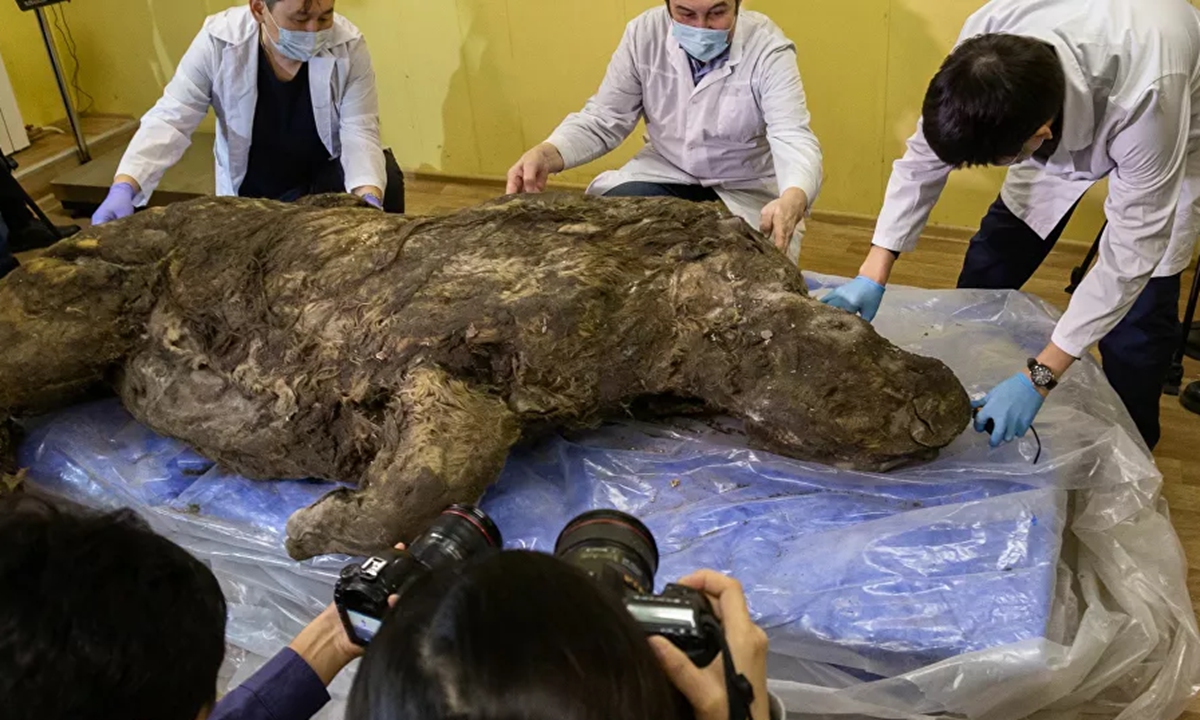Frozen in Time: Discovery of a Woolly Rhinoceros in Siberia’s Permafrost

In August 2020, deep within the icy layers of Siberia’s permafrost, scientists made a breathtaking discovery: the remarkably preserved remains of a woolly rhinoceros. Estimated to be between 20,000 and 50,000 years old, this juvenile rhino — believed to have been only 3 to 4 years old when it died — offers a rare and vivid window into the world of the Ice Age.
Unearthed near the Tirekhtyakh River in Yakutia, Russia, the animal was found in astonishing condition. Much of its soft tissue remained intact, including skin, thick fur, hooves, and even internal organs. For paleontologists, such preservation is a treasure, providing insights into both the biology of the woolly rhinoceros (Coelodonta antiquitatis) and the environment it once roamed.
These Ice Age giants were perfectly adapted to the harsh, frozen landscapes of northern Eurasia. They sported long, shaggy coats and a dense underlayer of fat to withstand frigid temperatures. Their large horns — not fully developed in this juvenile — were likely used for foraging through snow in search of vegetation, or for defense against predators.
The cause of death for this young rhino remains uncertain, though scientists suggest it may have drowned. Whatever the reason, its rapid burial in frozen ground preserved it for millennia, awaiting rediscovery in a warming modern world.
The find is more than just a scientific marvel. It is also a reminder of the powerful role climate plays in shaping life on Earth. As global temperatures rise and permafrost thaws, ancient remains long locked in ice are re-emerging with increasing frequency. Each discovery helps reconstruct the puzzle of Pleistocene ecosystems — but also underscores the fragile balance of today’s climate.
For now, the juvenile woolly rhinoceros rests as both a messenger from the Ice Age and a symbol of what permafrost can reveal when time, ice, and science align.











